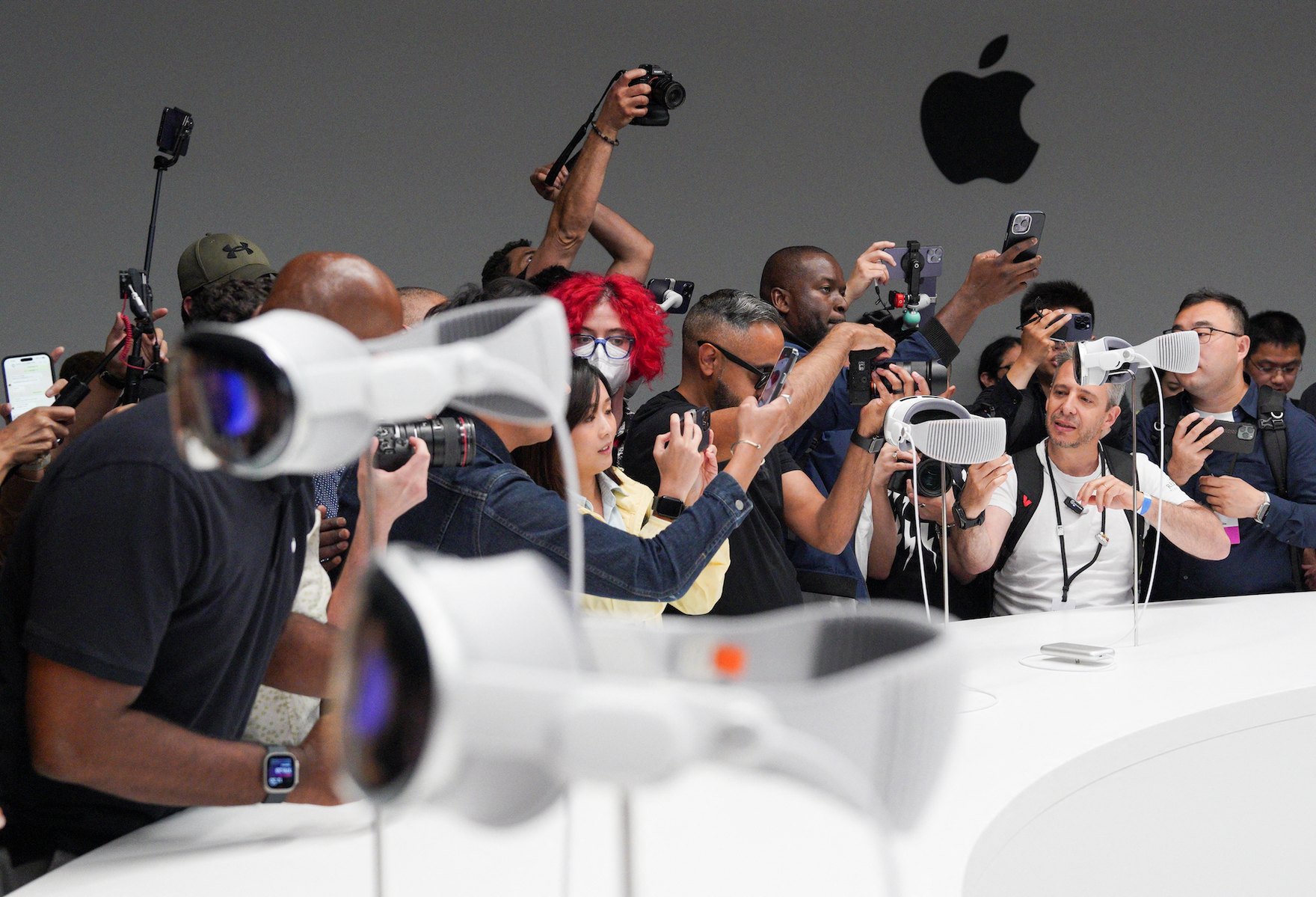On June 5, at its annual Worldwide Developers Conference delivered virtually from Apple Park, California, Apple introduced the next big thing: Vision Pro, the company’s “mixed reality” headset using spatial computing. It’s got the tech world buzzing. Some tech reporters have said it could well be the “iPhone moment” for virtual reality and augmented reality. But the unveiling has also raised more than a few eyebrows, invoking serious questions about Apple’s long-term strategy. The gear is too expensive for the mass market, at $3,499 per unit. And it won’t be available until 2024.
Meanwhile, Facebook’s metaverse ambitions are also hitting roadblocks. Its stock has been plummeting due to rising costs and shrinking profits, leading to major layoffs. Beyond financial and technical issues, consumer apathy toward the metaverse poses another significant challenge.
Do these growing pains mean the Facebook’s metaverse itself is dead? Not so fast.
We’ve been here before, as recently as the 2010s, with artificial intelligence (AI). We saw its slow and steady pace and thought that’s as good as it’s going to get. So while public interest research and AI advocacy lagged, tech companies surged ahead, AI into every corner of our lives. Sure enough, AI technology continued to steadily evolve, creeping into our lives in ways we often didn’t recognize or understand. For instance, algorithms now curate our social media experiences on platforms like Instagram, TikTok and Twitter (now X), analyzing our behaviour to tailor the content we see. Similarly, e-commerce platforms like Amazon use AI to study our shopping habits and preferences, offering us personalized recommendations and targeted advertising.
Policy makers and public interest groups are still playing catch-up. This is why the latest technological starburst — generative AI — has left us with more questions than answers.
Extended reality, or XR, is today in its infancy, much like the AI of the early 2000s. XR is an umbrella term that covers a variety of tech — from virtual reality worlds in which a user can direct three-dimensional digital avatars, to augmented reality services that blend digital and physical worlds. There are even mixed reality applications that bring together elements of both.
Here’s one way to picture the potential of these tools: Imagine shifting from a world in which we watch media on flat screens to one where we’re living inside three-dimensional media, experiencing it first-hand. Apple’s Vision Pro has confirmed that this is the future path we’re on. Apple’s partnership with Disney announced during the introduction of Vision Pro seems set to break new ground in our consumption of entertainment.
But as with any emerging tech, we need to tread carefully. Policy makers and researchers must pay attention to this emerging space. For one thing, XR depends heavily on tracking and data collection. As a result, it presents new challenges for privacy and data protection. Today’s headsets are equipped with basic eye-tracking features. However, technology is emerging that will go beyond tracking eye movements, to monitoring subtle changes in facial muscles, heart rate, body temperature and other biometrics that reveal emotional states. Neuroscientific studies have demonstrated that virtual reality experiences can stimulate the hippocampus (the part of the brain responsible for memory) in ways that are akin to a real-world experience.
Now, add generative AI to the mix, with its incredible potential to create immersive and highly personalized content. Given the nature of this technology — in particular, its ability to learn from data and mimic human-like output — it may become difficult to distinguish between genuine human interaction and AI-generated content within these virtual spaces. Consequently, we could be more vulnerable to misinformation and manipulation. How will platforms manage this? What will it mean for an XR platform to be responsible for trust and safety?
It is critical that the research and policy communities get ahead of frontier technologies such as XR, rather than attempt to play catch-up after transformative use (and abuse) cases emerge. Society needs to set our guardrails now, address the risks proactively and make those decisions well in advance, to avoid future crises.
To be clear, XR is not the metaverse. It is much bigger than that, more transformative, and can revolutionize how we connect with one another and interact with our world. Its combination with generative AI has the potential to be revolutionary, presenting new opportunities as well as risks.
Now is the moment to both understand this powerful combination and craft intelligent and forward-thinking policy responses. As we stand on the brink of another digital revolution, let’s ensure that we’re well-informed and prepared to embrace it responsibly.


